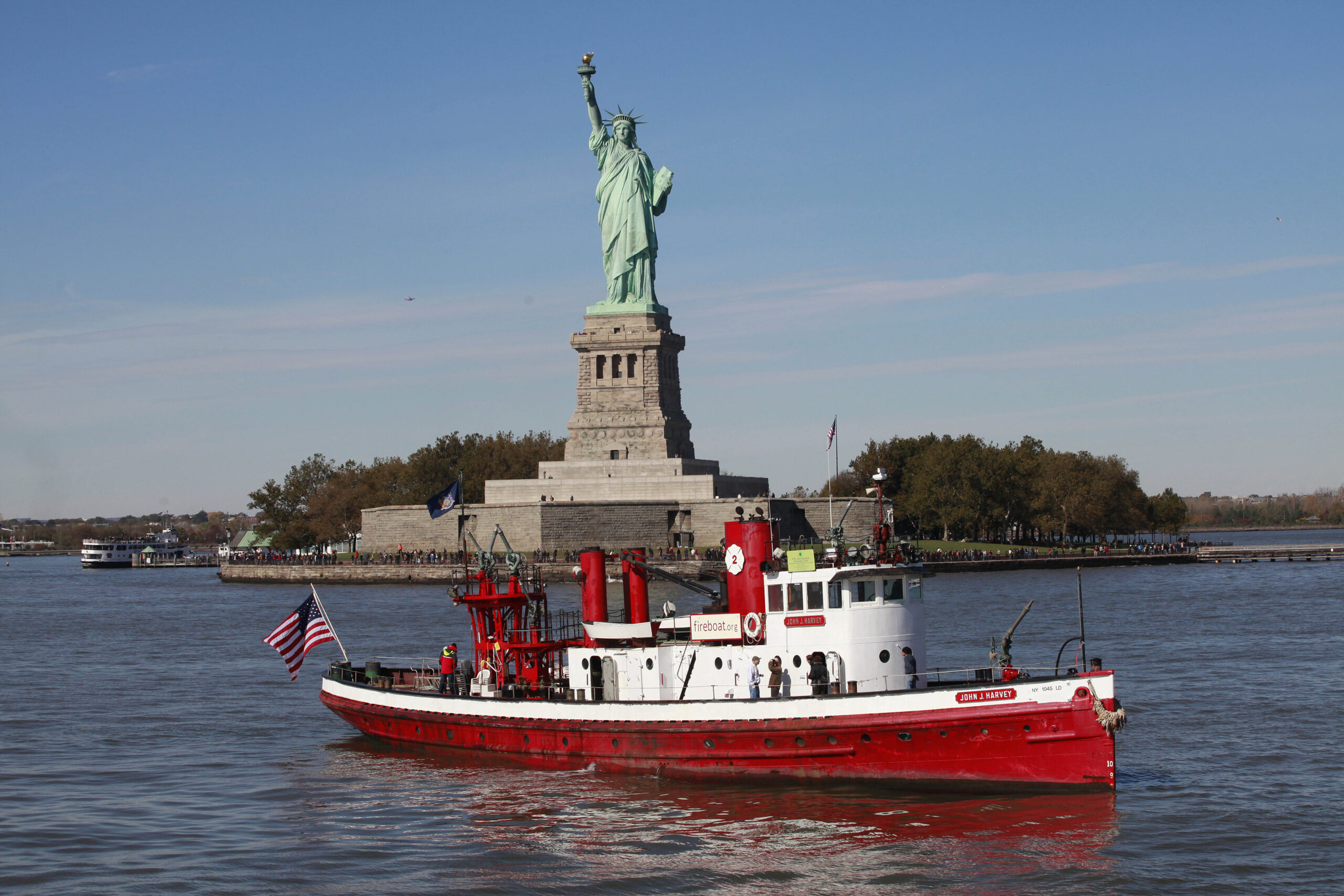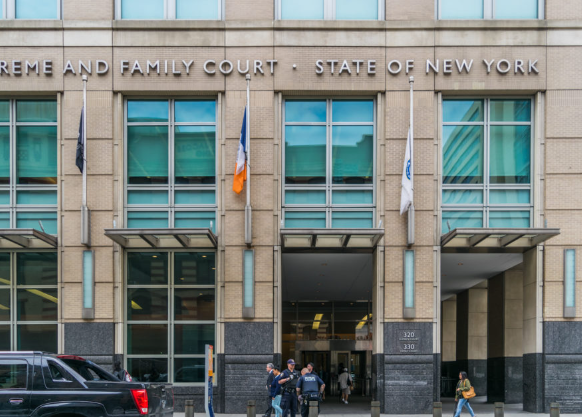


Brooklyn gang members convicted in shootings resulting in toddler’s death

NYC schools face complaint for cutting sports access to Black and Latino students

Liquor sales in movie theaters, to-go sales of cocktails included in New York budget agreement

Our world in photos: April 18
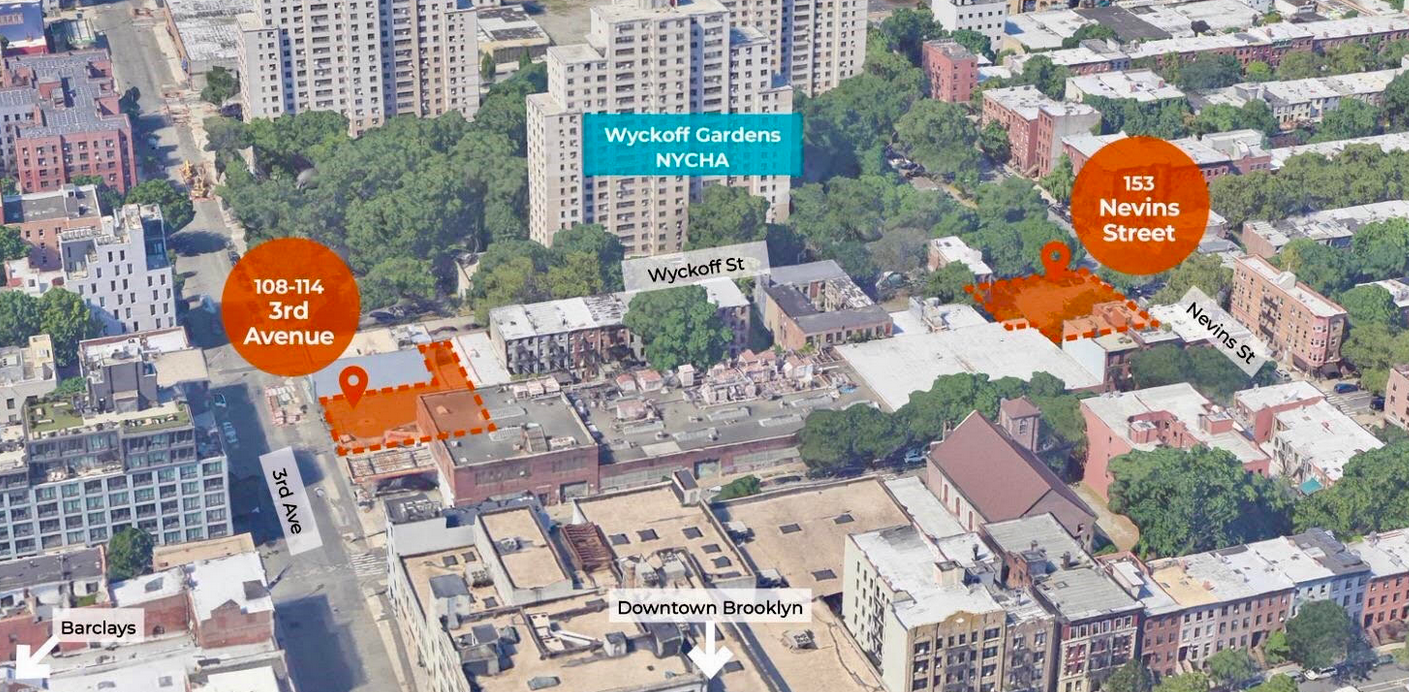
From parking lots to housing in Boerum Hill: City seeks proposals in wake of 2022 rezoning

Healthy harbor update: Billion Oyster Project hosts informative fundraiser in exclusive Williamsburg setting
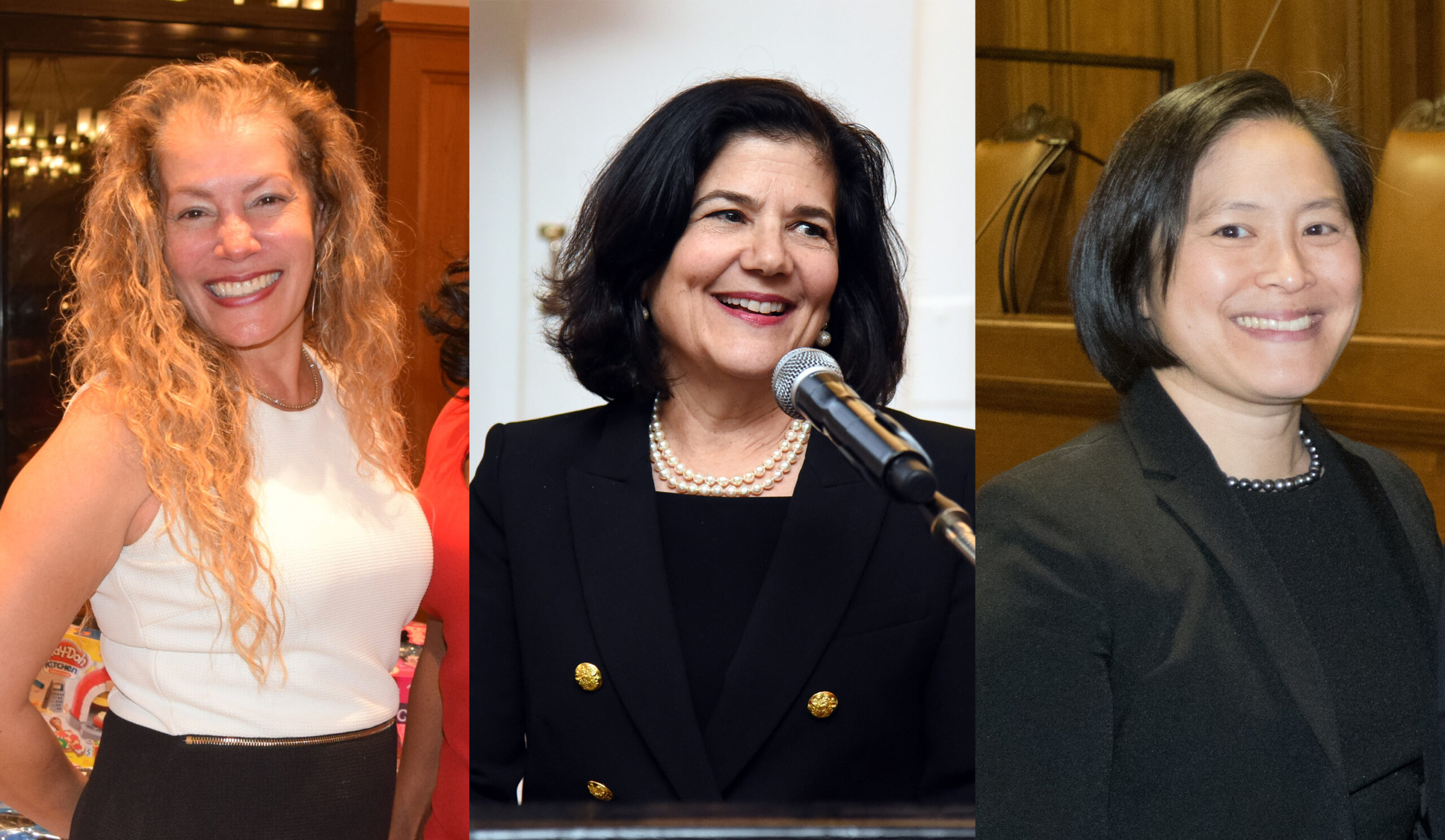
Brooklyn Women’s Bar Association to honor three esteemed legal figures at annual gala

Rookie Davis eager to ‘learn’ on the job

Our world in photos: April 17
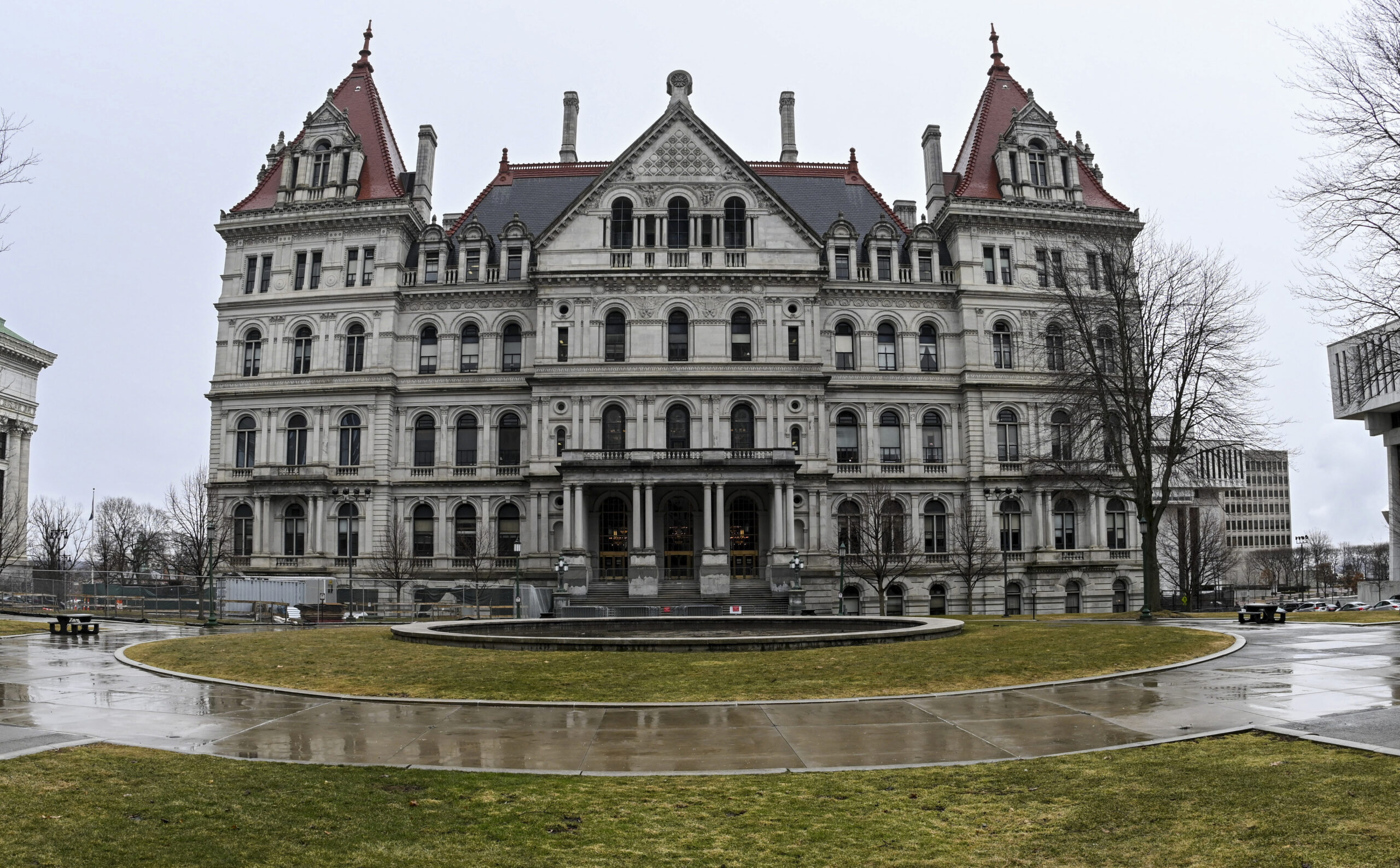
Cyberattack hits New York state government’s bill drafting office

Catholic officials in Brooklyn agree to an independent oversight of clergy sex abuse allegations

Proposed legislation aims to prohibit new ICE contracts in New York State
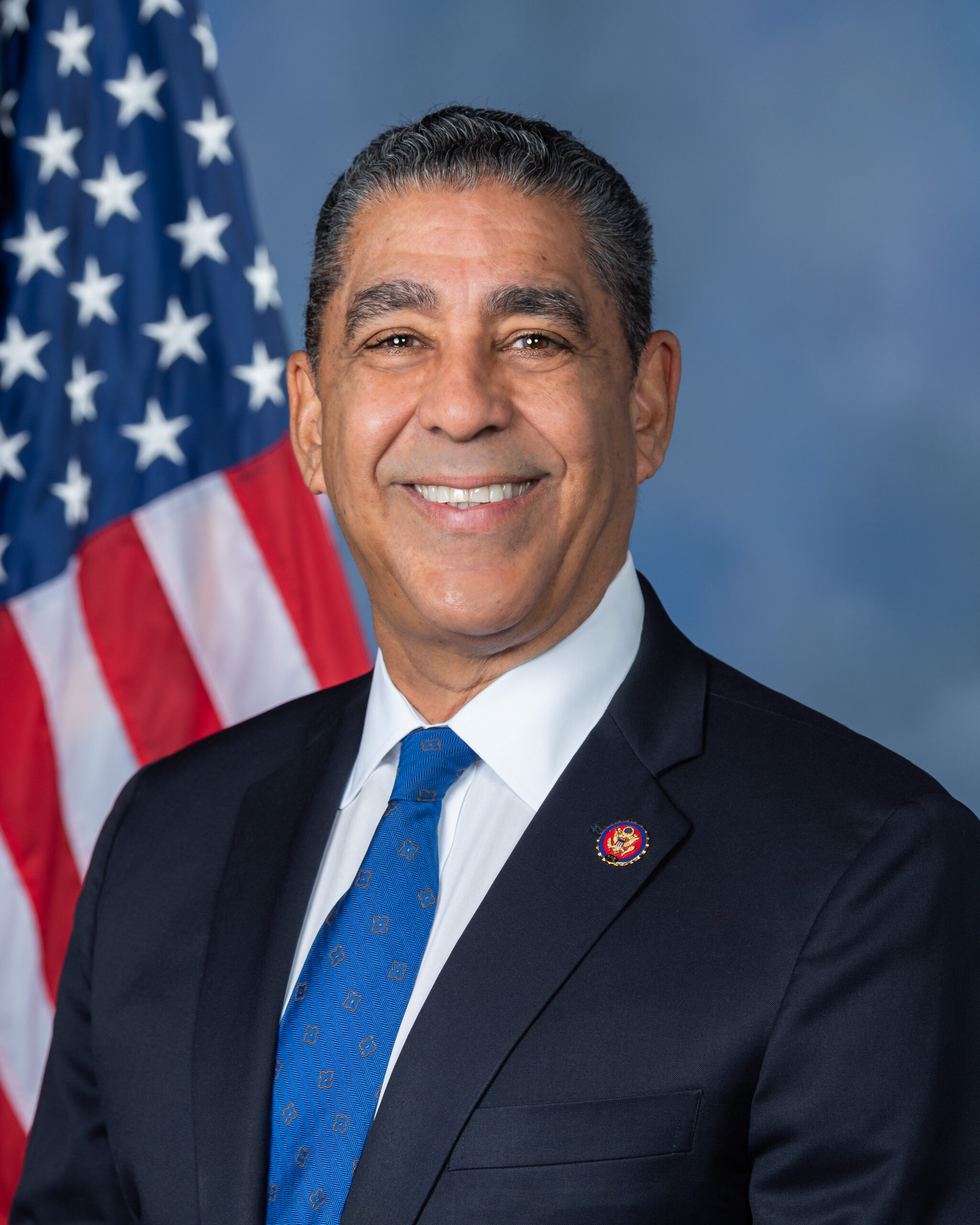
Consumer warning: Real estate fraud schemes target Dominicans

Opinion: To curb the overdose crisis, New York State must invest in the behavioral health workforce
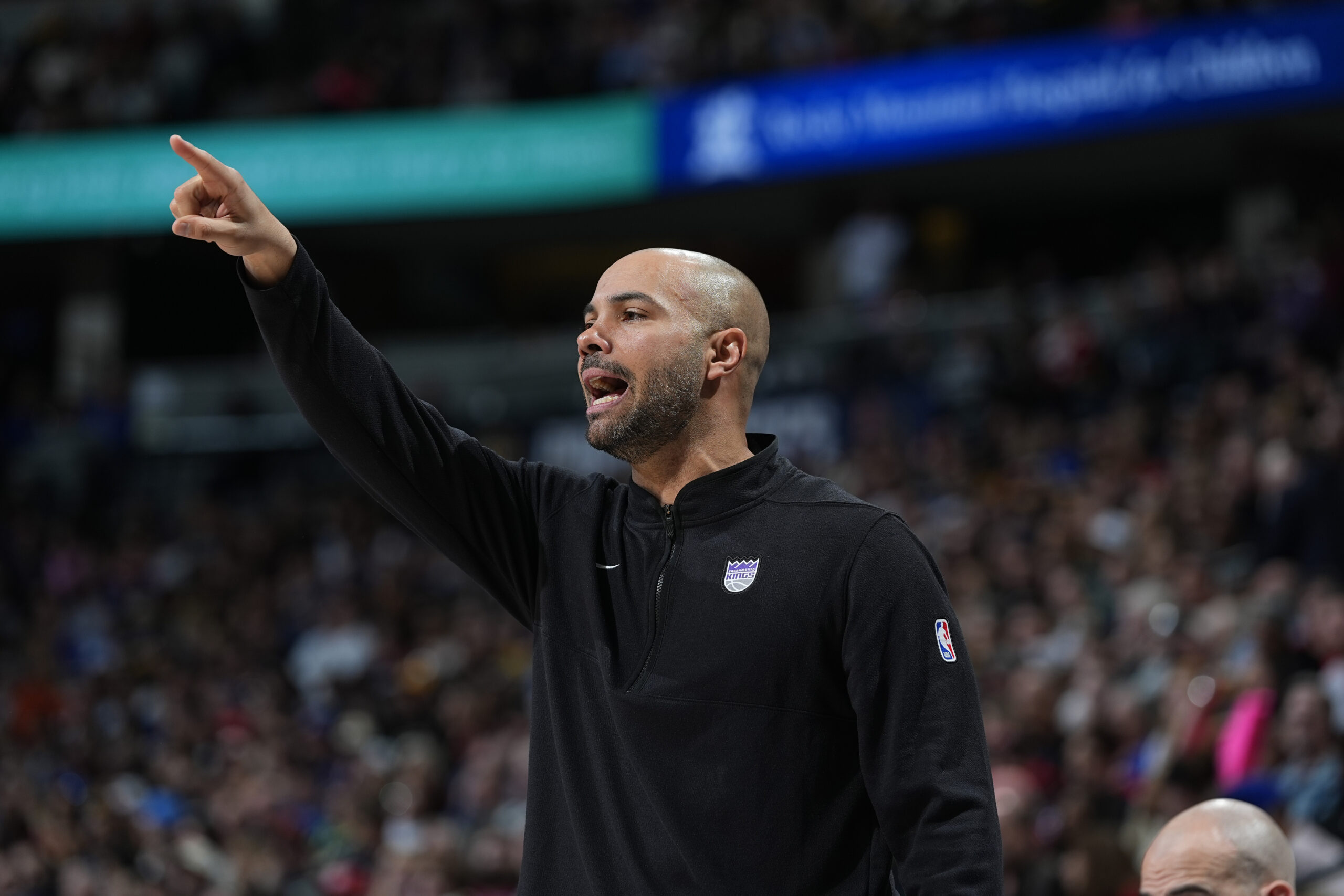
Nets hopeful despite season of ‘failure’
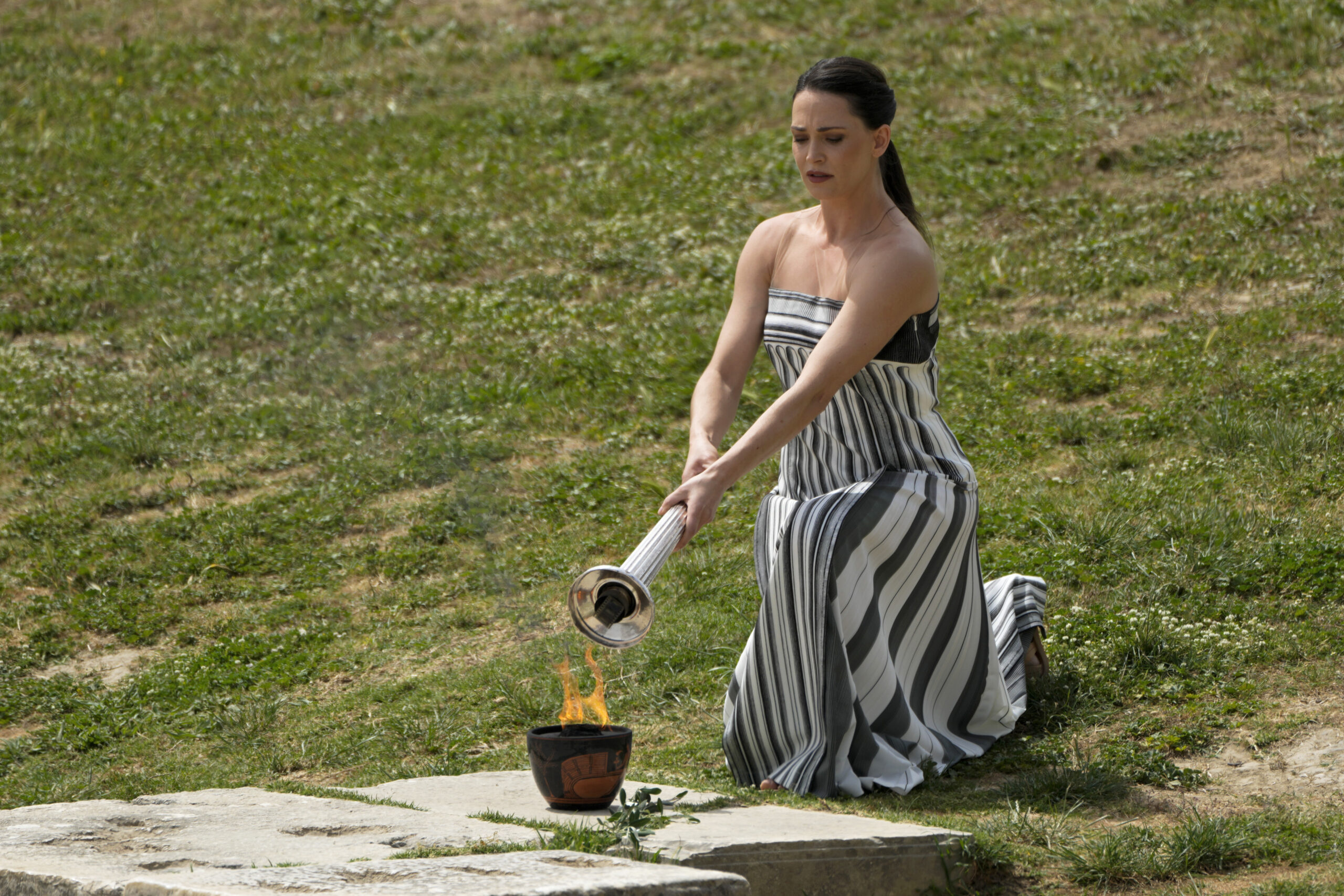
Our world in photos: April 16
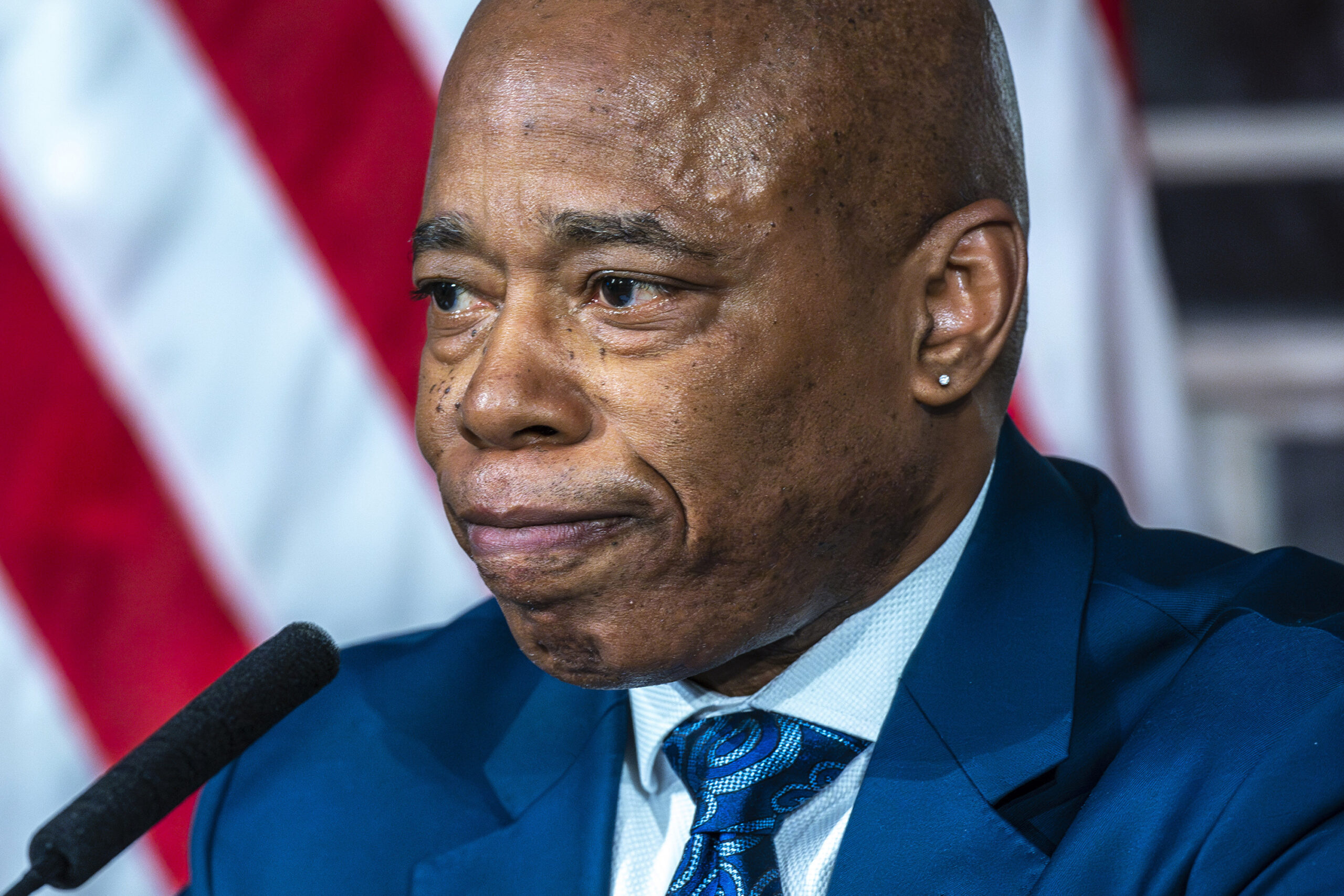
NYC’s AI chatbot was caught telling businesses to break the law. The city isn’t taking it down
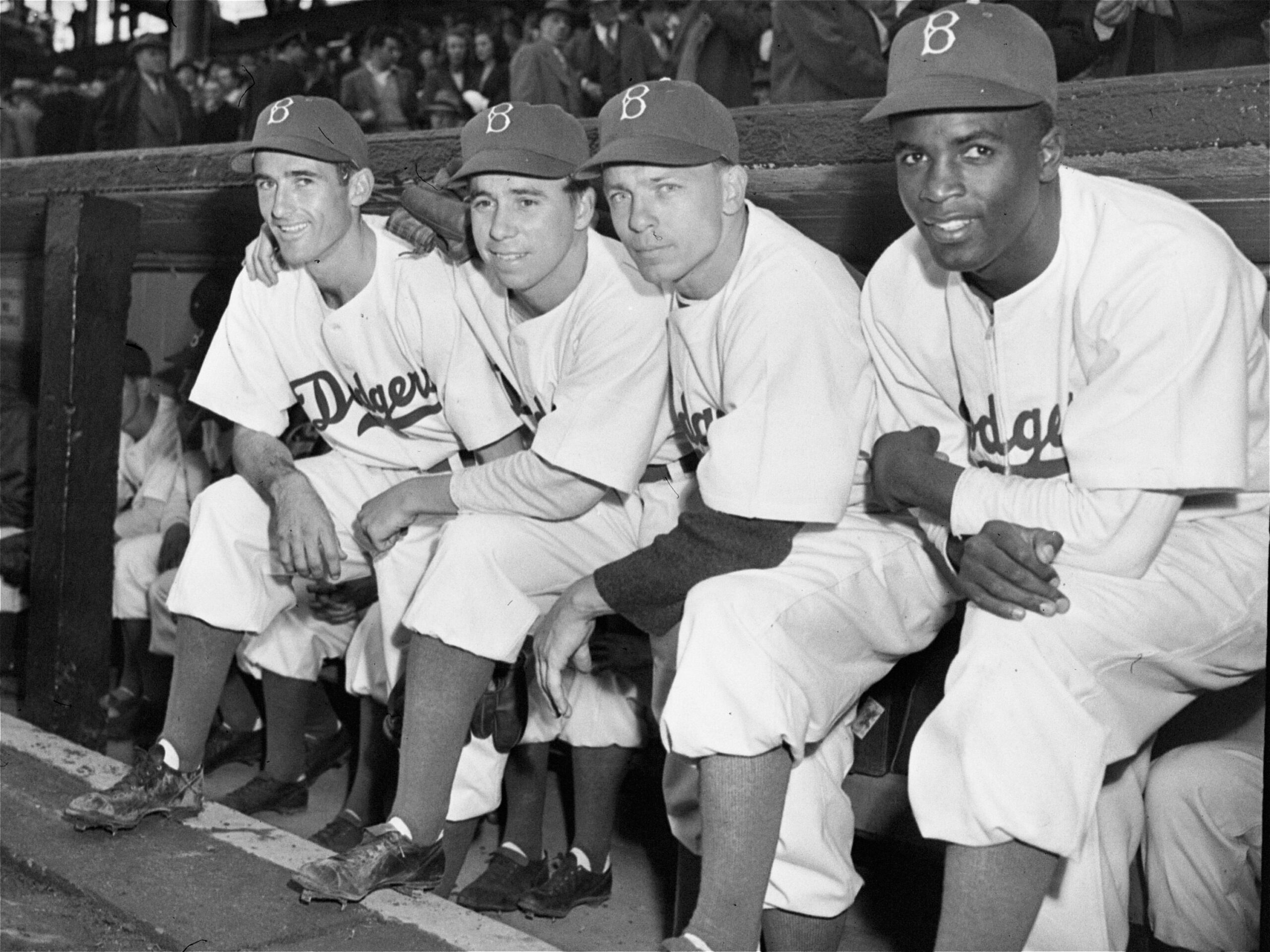
Jackie Robinson remembered around MLB on 77th anniversary of him breaking baseball’s color barrier

City wraps up weekend BQE closure 12 hours early
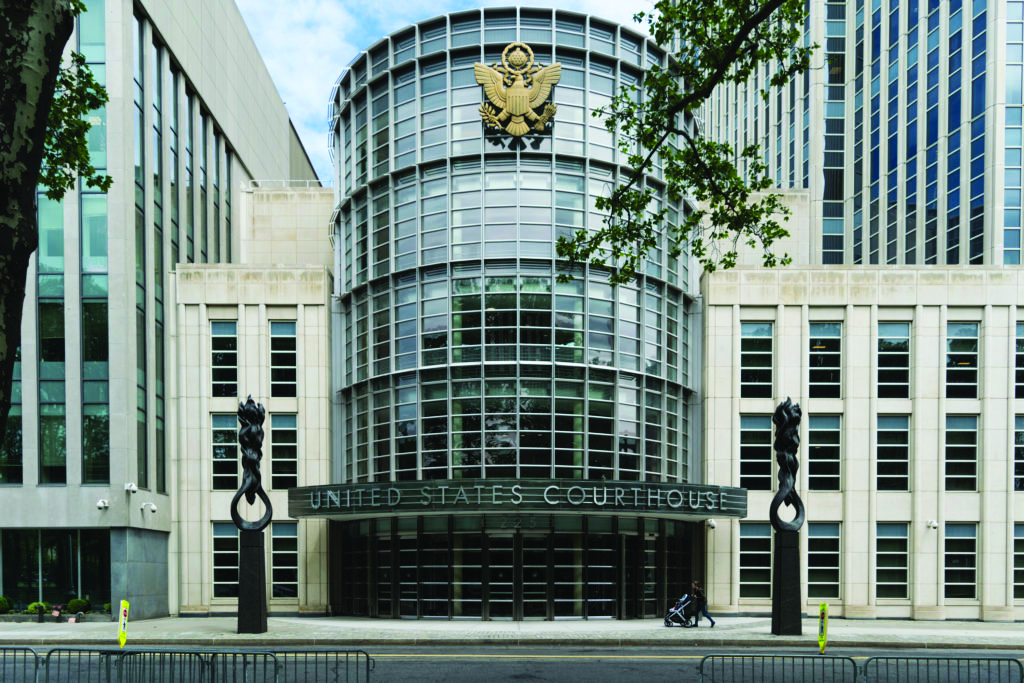
Nebraska Resident indicted in Brooklyn for multi-million dollar cryptojacking scheme

Liberty pick Rebels’ Marquesha Davis in WNBA Draft

Our world in photos: April 15

How to get rid of NYC rats without brutality? Birth control is one idea
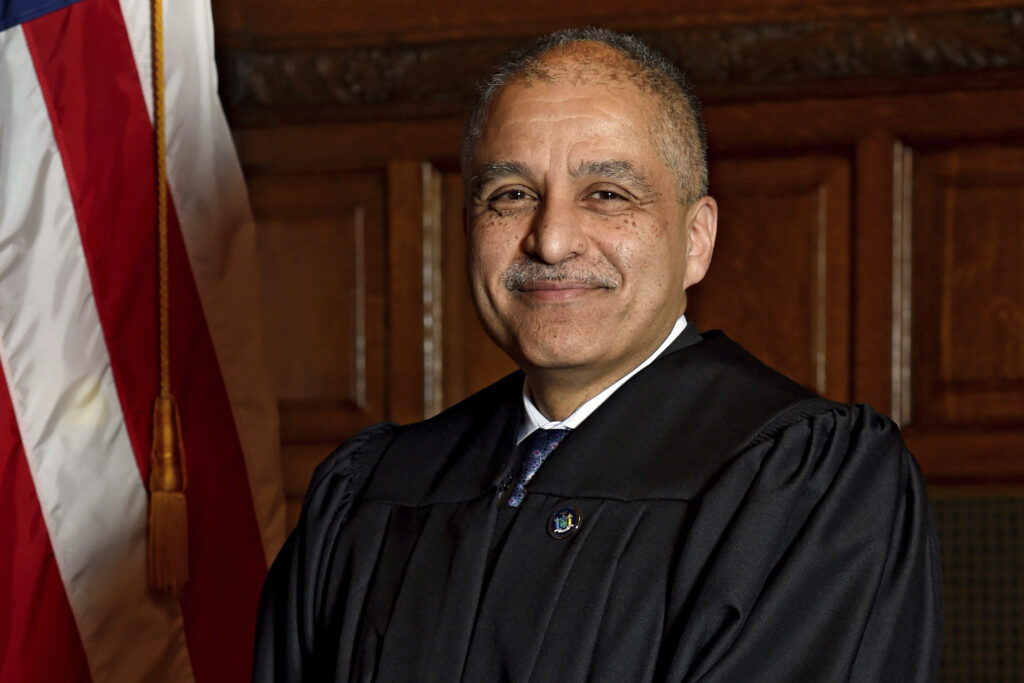
New York Courts to expand judicial training with focus on bail laws
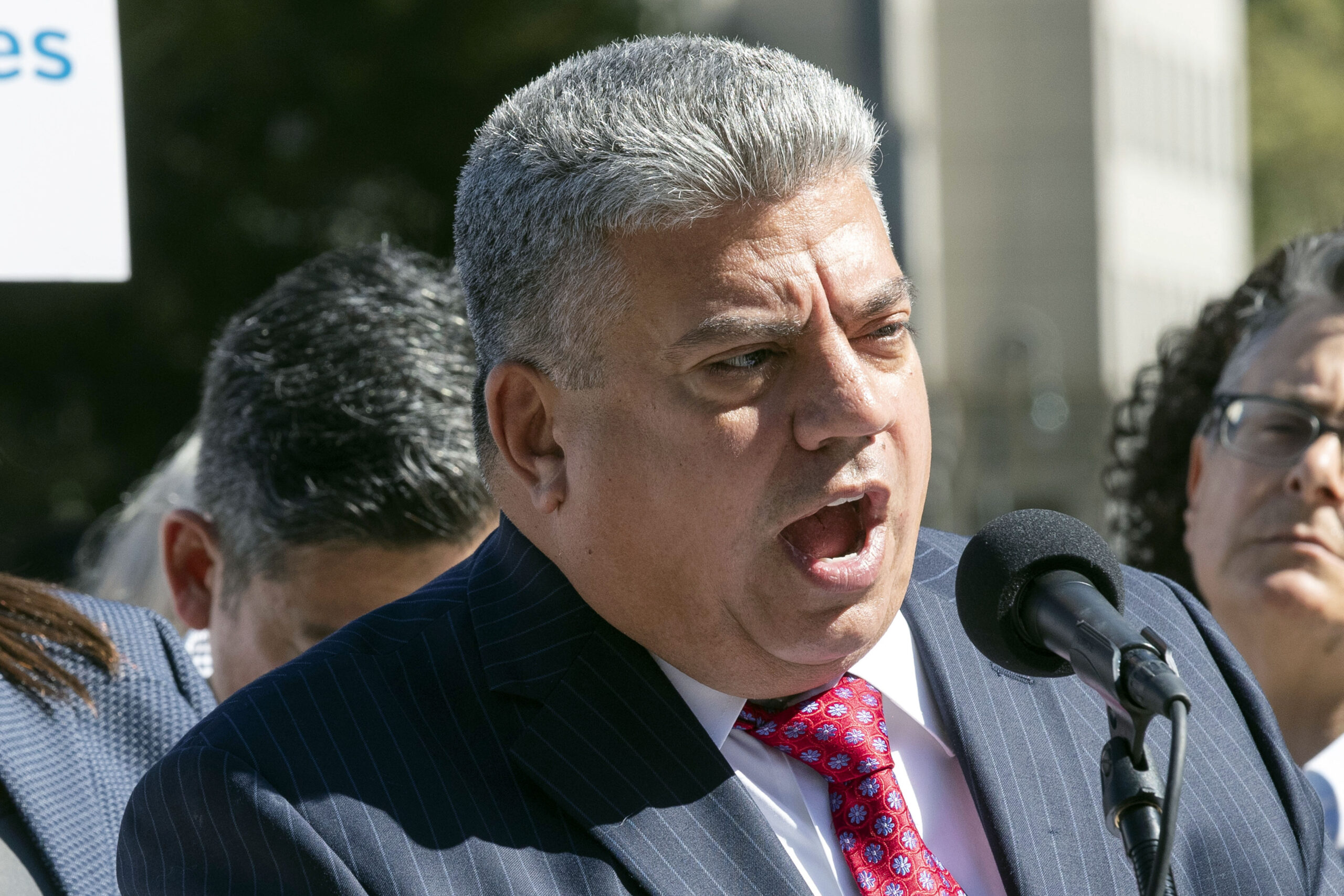
Crown Heights man gets 15 years to life for attempting to rape 2 women in broad daylight inside Prospect Park

Northwell Health penalized over $1M for deceptive COVID-19 testing site advertising

Grace Church hosts ‘Messiah’ sing-along in tribute to 282nd anniversary of oratorio’s world premiere

There’s a basketball power brewing in Clinton Hill

Brooklyn jail construction could make BQE closure even more hellish this weekend

Our world in photos: April 12
